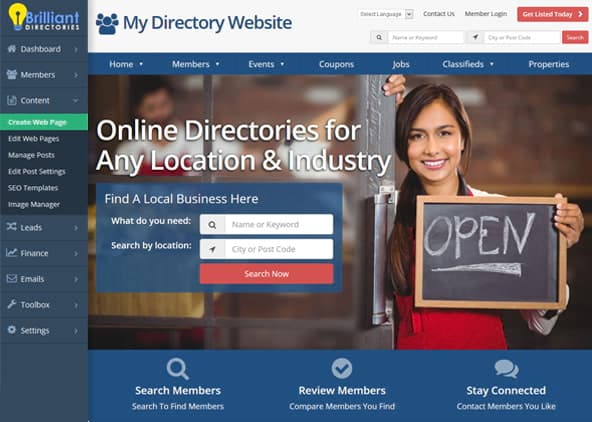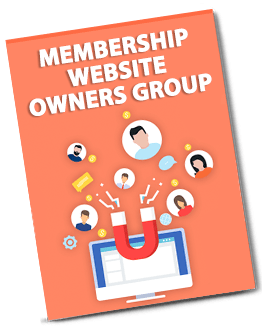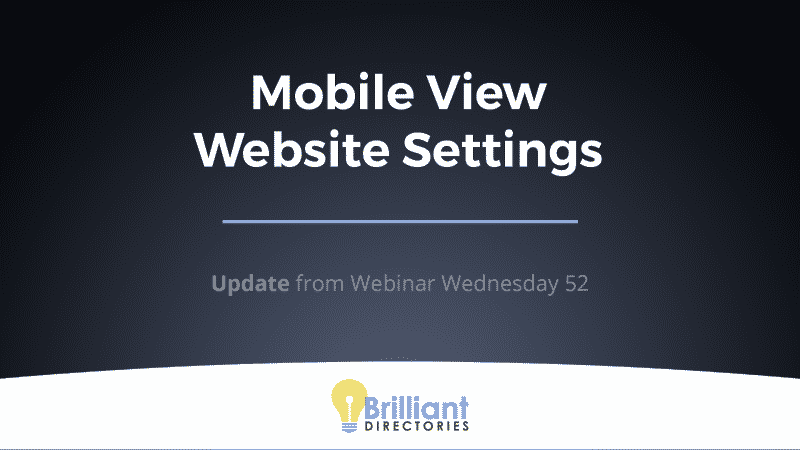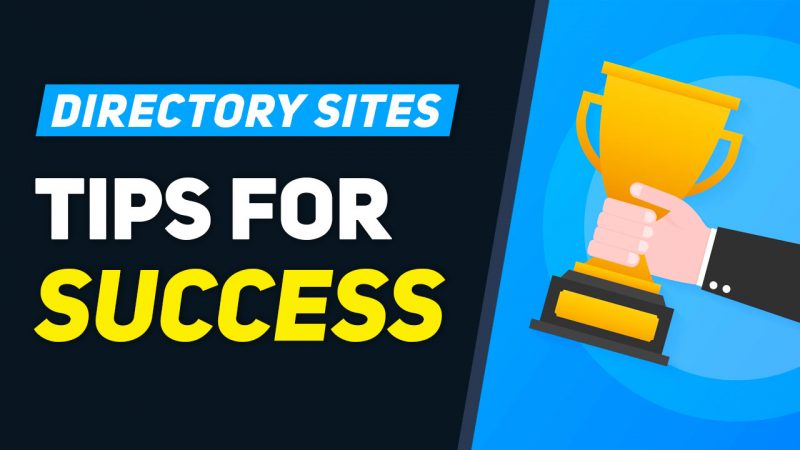
This Tip of the Week covers topics including:
- 0:18 – What Does Optimizing for Google Mean?
- 0:42 – Notes About SEO & Google
- 1:34 – What Happens If You Don’t Optimize?
- 1:53 – Identify Keywords & Phrases
- 2:14 – Example: Applying Targeted SEO Keywords to a New Website
- 3:26 – General Settings
- 4:38 – Header / Main Menu
- 5:50 – Design Settings
- 21:46 – Footer Menu
- 24:58 – Homepage Meta Tags
This is a segment from Webinar Wednesday 54, recorded live on November 28, 2018.
Fast Track Your Membership Website’s SEO Google Ranking: Unleashing the Power of Targeted Keywords
You’ve dedicated countless hours to building an exceptional membership website. It’s a masterpiece of design, user-friendliness, and valuable content. However, there’s one hurdle you’re facing: your website is struggling to gain the visibility it deserves on Google. It’s frustrating, like having a hidden gem that nobody knows about. But fear not! Today, we’re going to explore a powerful strategy that Brilliant Directories users can leverage to fast track their membership website’s SEO Google ranking: the application of targeted SEO keywords. By identifying the right keywords and phrases that align with your website’s niche and demographic, you can unlock the doors to greater visibility and connect with the audience you’ve been striving to reach. So, let’s dive into the world of targeted keywords and discover how they can take your website’s SEO to new heights.
Unleashing the Power of Targeted SEO Keywords
When it comes to optimizing your membership website for search engines, targeted SEO keywords are your secret weapon. By strategically incorporating relevant keywords and phrases throughout your website’s content, you send a clear signal to search engines about the purpose and relevance of your website. This, in turn, boosts your website’s visibility in search engine results pages (SERPs) and helps you attract the right audience.
Identifying Keywords & Phrases: Cracking the Code
Now that you understand the importance of targeted SEO keywords, the question is: How do you identify the right ones for your website? Luckily, there are various tools and techniques available to assist you in cracking the keyword code. Let’s explore a few popular options:
- Keyword Research Tools: Utilize powerful keyword research tools such as Google Keyword Planner, SEMrush, or Moz Keyword Explorer. These tools provide valuable insights into search volume, competition, and related keywords, helping you uncover hidden gems for your website.
- Analyze Competitors: Take a peek at what your competitors are doing. Identify successful websites in your niche and observe the keywords they’re targeting. This can give you valuable inspiration and ideas for your own keyword strategy.
- Consider User Intent: Put yourself in the shoes of your target audience. What are they searching for? What problems are they trying to solve? Understanding user intent allows you to identify keywords and phrases that align with their needs and desires.
- Social Listening: Tap into social media platforms and online communities related to your niche. Monitor discussions, comments, and questions to identify recurring keywords and topics. This can provide valuable insights into the language and vocabulary used by your target audience.
- Stay Updated with SEO Trends: SEO is an ever-evolving field, and it’s crucial to stay up-to-date with the latest trends and changes. Follow reputable SEO blogs, attend webinars, and participate in industry forums to stay informed about emerging keyword strategies and best practices.
Benefits of Fast Tracking Your Membership Website’s SEO Google Ranking
Now that we’ve covered how to identify targeted SEO keywords, let’s explore the benefits for you as a directory website owner:
- Increased Organic Traffic: By optimizing your website with targeted keywords, you attract more organic traffic from search engines. This means more potential members, increased visibility, and a wider reach for your directory.
- Enhanced User Experience: Targeted keywords help search engines understand your website’s relevance, resulting in improved user experience. Visitors will find exactly what they’re looking for, leading to increased engagement and higher chances of conversions.
- Competitive Edge: A higher SEO Google ranking gives you a competitive edge in your niche. When your website appears at the top of search results, you establish yourself as a trustworthy and authoritative source, attracting more members and potential customers.
- Monetization Opportunities: With increased visibility and a larger audience, you can explore monetization opportunities for your membership website. This includes offering featured listings, advertising space, or partnering with relevant businesses in your niche.
- Long-Term Growth: Implementing a targeted keyword strategy sets the stage for long-term growth. As you consistently optimize your content with relevant keywords, you establish a strong foundation that can result in sustainable organic traffic and continued success for your directory website.
- Improved Website Authority: When your website ranks higher on Google, it signals authority and credibility to both users and search engines. This can attract high-quality backlinks and partnerships, further boosting your website’s reputation and visibility.
- Better Targeting of Relevant Audience: Targeted SEO keywords allow you to precisely target your website’s ideal audience. By aligning your content with their search queries, you increase the chances of attracting visitors who are genuinely interested in your membership offerings.
- Enhanced Conversion Rates: When your website appears in search results for relevant keywords, the visitors who click through are more likely to convert into members or customers. This targeted traffic has a higher intent to engage with your website, leading to increased conversion rates.
- Cost-Effective Marketing: SEO is a cost-effective marketing strategy compared to other paid advertising methods. By optimizing your website with targeted keywords, you can generate organic traffic and visibility without spending significant resources on paid ads.
- Valuable Insights and Data: Keyword research tools and analytics platforms provide valuable insights and data about your website’s performance. You can identify trends, track keyword rankings, and make data-driven decisions to continuously improve your SEO strategy.
Become an SEO Expert
By fast-tracking your membership website’s SEO Google ranking through the application of targeted SEO keywords, you unlock a world of opportunities. Increased visibility, organic traffic, and improved user experience are just the beginning. Take the time to identify the right keywords and phrases that resonate with your website’s niche and demographic. Stay updated with SEO trends and consistently optimize your content. With the power of targeted keywords, your membership website can rise above the competition, attract the right audience, and achieve long-term success in the online world. So, get started on your keyword journey and watch your website climb the ranks of Google’s search results!
Results of Optimizing SEO for Google [Starts at 24:29]
- 24:29 – Tip of the Week: Part 2: Review Results of Optimizing Website SEO for Google
- 25:40 – Recap: What is Optimizing for Google?
- 26:27 – What Did We Do Last Webinar?
- 30:38 – So… What Happened with SEO in 3 Weeks?
- 38:57 – What Do The Results Mean?
- 39:46 – Let’s Review: Website Traffic Sources
- 1:10:46 – What to Keep Doing…
- 1:22:04 – Why Is Shareable Content Important?
This is a segment from Webinar Wednesday 55, recorded live on December 26, 2018.













